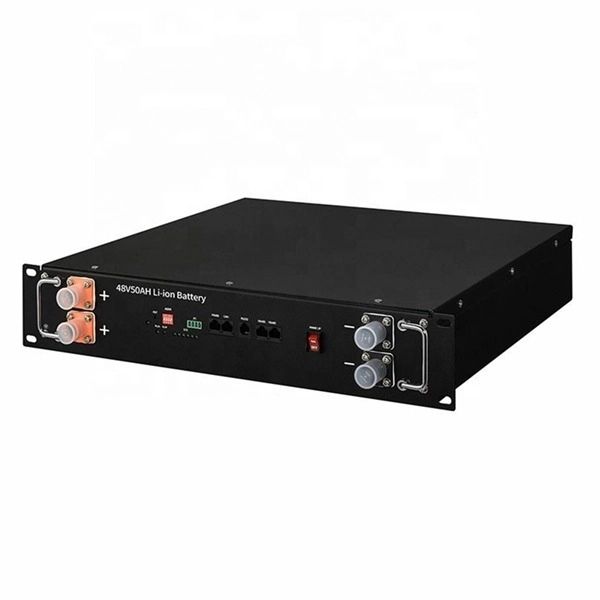Calculadora de tiempo de funcionamiento de baterías de plomo ácido, litio y LiFePO4
Esta fórmula estima el tiempo de ejecución de las baterías de plomo ácido, litio y LiFePO4 con una potencia de carga específica. Al ingresar la capacidad de la batería (Ah), el voltaje (V) y la potencia de carga (W), la calculadora determina el tiempo de funcionamiento de la batería (horas) en función de la eficiencia del tipo de batería seleccionado.
Calculadora de tiempo de funcionamiento de la batería
Get Bulk Discounts on Lithium Batteries. Click here to Calculate Your Wholesale Price!
Battery Run Time Calculator: Importance of Choosing Differences Between Battery Types
Baterías de plomo ácido
Lead acid batteries, a time-tested technology, have been in use since their invention in 1859 by French physicist Gaston Planté. Their reliability and relatively low cost make them a secure and financially savvy choice for many applications. Lead acid batteries are commonly found in:- Automóviles: La mayoría de las baterías de automóviles son de plomo ácido y proporcionan la energía necesaria para arrancar el motor y hacer funcionar los componentes electrónicos del vehículo.
- Sistemas de energía de respaldo: A menudo se utilizan en sistemas de alimentación ininterrumpida (UPS) como energía de respaldo de emergencia.
- Almacenamiento de energía renovable: Las baterías de plomo-ácido almacenan energía en sistemas de energía solar y eólica.
Baterías de litio
Lithium batteries, a more modern and high-performance technology, are known for their high energy density, lightweight, and long lifespan. These characteristics instill confidence and reassurance in their performance and longevity. Advantages of lithium batteries over lead acid batteries include:- Mayor densidad de energía: Las baterías de litio almacenan más energía en un paquete más pequeño y liviano.
- Una vida más larga: Por lo general, duran más y tienen más ciclos de carga y descarga.
- Carga más rápida: Lithium batteries can be faster than lead acid batteries.
- Menos mantenimiento: Requieren menos mantenimiento y no tienen efecto memoria.
Baterías LiFePO4
LiFePO4 batteries, also known as lithium iron phosphate batteries, are an advanced type of lithium battery. Their safety and durability make them a secure and confident choice for high-demand and critical applications. Benefits of LiFePO4 batteries include:- Seguridad: They are more stable and less prone to thermal runaway or catching fire than other lithium-ion batteries.
- Larga vida útil: Las baterías LiFePO4 pueden soportar miles de ciclos de carga y descarga, lo que las hace muy duraderas.
- Amplio rango de temperatura: They perform well across various temperatures.
- Altas tasas de descarga: Estas baterías pueden proporcionar alta potencia de salida para aplicaciones exigentes.
- Vehículos eléctricos: Proporcionar una fuente de energía más segura y duradera.
- Sistemas de almacenamiento de energía: These are used in home and industrial renewable energy storage.
- Baterías marinas y para vehículos recreativos: Offering reliable recreational vehicle and boat power.
Calculadora de tiempo de funcionamiento de la batería: el papel de la capacidad, el voltaje, la eficiencia y la potencia de carga
Capacidad de la batería
Capacidad de la batería measures the amount of energy a battery can store. It is usually expressed in ampere-hours (Ah), which indicates how much current a battery can supply over a specific period. For example, a battery with a capacity of 10 Ah can deliver 10 amperes for one hour or 1 ampere for 10 hours. Knowing the battery capacity is crucial because it helps determine how long the battery will last under a given load. Standardized tests are conducted to measure battery capacity, such as the 20-hour rate test. This test involves discharging the battery at a constant current until it reaches a specific cutoff voltage. For instance, a 100 Ah battery would be discharged at 5 amps (100 Ah / 20 hours = 5 amps). The capacity is then calculated based on the discharge current and time.Voltaje de la batería
Battery voltage is the electrical potential difference between a battery’s positive and negative terminals. It is measured in volts (V). A battery’s voltage affects its ability to deliver power to a load. Higher-voltage batteries can provide more power, making them suitable for high-power applications. Typical battery voltage levels vary based on their type and application. For example, lead-acid batteries often come in 12V configurations, while lithium-ion batteries can be found in various voltages, such as 12V, 24V, 36V, and 48V. The voltage also influences the battery’s efficiency and performance, impacting the overall runtime.Eficiencia de la batería
Battery efficiency refers to the percentage of energy stored in the battery that can be retrieved during discharge. Different types of batteries have varying efficiency levels. For example, lead-acid batteries typically have an efficiency of around 80%, meaning 80% of the energy put into the battery is retrievable. In contrast, lithium-ion batteries have higher efficiency, often around 90%, and LiFePO4 batteries can reach up to 95%. Efficiency is critical in determining how effectively a battery can power a load. High-efficiency batteries waste less energy, providing more usable power and extending the battery’s runtime.Potencia de carga
Load power is the amount consumed by the device or system connected to the battery. It is measured in watts (W). Load power directly affects the battery’s discharge rate and, consequently, its runtime. A higher load power will deplete the battery faster, while a lower load power will allow the battery to last longer. For example, if a device consumes 50 watts and is connected to a 12V battery, it will draw approximately 4.17 amperes (50W / 12V = 4.17A). The battery’s capacity and efficiency determine how long it can sustain this load before recharging.Por qué estos factores son importantes en la calculadora
The Lead Acid, Lithium & LiFePO4 Battery Run Time Calculator uses these four factors—capacidad de la batería, voltage, efficiency, and load power—to estimate how long a battery will last under a specific load. Here’s why each factor is essential:- Capacidad de la batería: Determina la energía total disponible para la carga.
- Voltaje de la batería: Afecta la entrega de energía y la compatibilidad con la carga.
- Eficiencia de la batería: Influye en la cantidad de energía utilizable y en el rendimiento general.
- Potencia de carga: Dictates the battery’s discharge rate.
Related Products
Learn More About Battery
No posts found



































